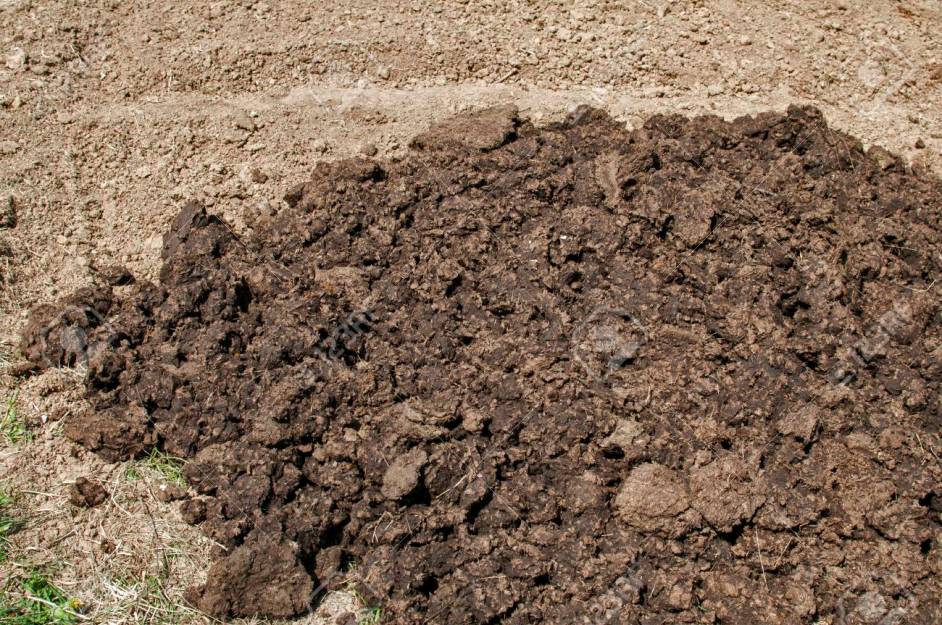Animal manure is a popular form of fertiliser among many farmers across the world. When used correctly, it adds nutrients and organic matter resulting in healthy soils. But when used incorrectly, it can be harmful, especially if applied in excessive quantities. This is because not all manures are equal in mineral nutrient content.
Manure obtained from different animals have different concentration and ratios between nutrient elements. To maximise nutrients from animal manure, farmers must avoid certain mistakes.
Wrong application of manure
Animal manure is low in nutrients and it must therefore be applied in large quantities for maximum benefits. For instance, when using cattle manure, apply 5-10 tonnes per hectare for field crops and 20-30 tonnes per hectare for vegetables and fruit trees, which have high nutrient requirement. For the case of chicken manure, do not apply more than 2 tonnes in one hectare because it can burn crops.
Timing is crucial for successful utilisation of manure in the farm. Organic elements that are in organic form in manure need to be released into inorganic form through mineralisation by soil microbes before they can be utilised by plants. This means that manure needs to be applied earlier before planting for full benefits. This is because manure acts as a slow release for Nitrogen.
Assuming all manure is equal
The nutrient value of manures vary by animal. Chicken manure is considered to be the most beneficial for your garden. Of course, even within the same species, the quality of the manure will vary. Most sources recommend avoiding the use of pig, cat, and dog manure in the garden because it may contain parasites that can survive in the soil and infect humans.
Instead of using manure as a fertiliser, use it as a soil conditioner. Add fresh manure in the fall for spring planting. It will have time to work into the soil and compost. Wait until all vegetables have been harvested before adding it to the soil. Another option is to side-dress with composted manure during the growing season.
Avoid using fresh manure
Allow manure to ripen for a few months before application. Aerobic conditions should not be allowed to develop because nitrogen would be lost. Ensure that the manure is kept dense and moist during the ripening period. To prevent leaching of nutrients, it is advisable to stockpile the manure on a dense surface. Apart from contamination risk, the fresher the manure, the higher the nitrogen and ammonia levels which can burn plant roots and even inhibit seed germination. If the manure is from a plant-eating animal, it is probably also full of weed seeds, which will not be inhibited from sprouting.
If you still want to make use of fresh manure, don’t apply it after your garden has been planted. The recommended application window is 120 days prior to harvesting and eating any vegetable where the edible part comes in contact with the ground. That includes anything grown below the ground like beets, carrots and potatoes, as well as anything sitting on the ground, like lettuce, spinach, and even vining crops like cucumbers and squash. You can apply fresh manure up to 90 days prior to harvest for vegetables that are far enough away from the soil that nothing will splash up on them.
Take care when using chicken manure
Avoid using large quantities of chicken manure in compost as it contains high phosphate, which will lead to iron deficiency. Poultry manure though has high levels of nitrogen and phosphorous while is low on potassium, which is an essential nutrient for plant growth. Such manure needs to be applied in areas that are deficient in nitrogen and phosphorous.
Failure to conduct soil test
Establishing the soil nutrients that are deficient in the soil is important before application of manure. This eliminates guess work. Also, nutrients content of manure must also be obtained before application.
Credit: Farm Kenya





